Buy the photo St.Martin in Garmisch by Thomas Riess on canvas, ArtFrame, poster and wallpaper, printed on demand in high quality.
About "St.Martin in Garmisch"
by Thomas Riess
About the artwork
Around 750, Irish and Scottish monks converted the Bavarian Oberland to Christianity. It is assumed that a wooden church was also built in Garmisch at this time. Its patron saint is St. Martin, the most important saint in the Frankish Empire. In the Romanesque period it had to make way for a new stone building. In the 18th century, the church had become too small for the congregation. It was therefore decided to build a new church south of the Loisach on the edge of the Loisachgries on the Nikolausanger. After the foundation stone was laid on 15 August 1730 by Prelate Patritius, the provost of Rottenbuch, the new parish church was built in the years 1730-34 by the Wessobrunn master builder Joseph Schmuzer. The ostentatious hall church, built in place of a St. Nicholas chapel, is in typical southern German baroque style. The roof truss was erected on 22 October 1732. One year later, the scaffolding was taken down. The ceiling paintings were created by Matthäus Günther and the frescoes by Franz Zwinck.[1] The new parish church was consecrated on 23 September. As with the old church, the builders chose the patronage of St. Martin as the patron saint. Of the originally planned two church towers, only one was built, as the Freising prince-bishop and sovereign over Garmisch and the county of Werden-fels only approved one tower. The total construction costs amounted to 12,000 gulden. In addition, the population provided extensive voluntary services in the form of manual labour. The stones for the new building came from Werdenfels Castle, which was demolished in 1730. Since 2007, the church has been extensively renovated. After the roof and façade renovation, the interior with the ceiling and wall frescoes as well as the technical equipment was renovated in 2010. In the process, the renovators discovered massive damage to the wooden floor under the pews. The renovation measures were completed in

About Thomas Riess
Amateur photographer with advanced knowledge, retired for 6 years. Made my first experiences with photography as an employee at CANON and now, after many stations, take photos digitally with the Pentax K1 MK II and various lenses. My main focus is difficult to define. .. Read more…
 Germany
Germany Ordered in May 2022
Ordered in May 2022
 Netherlands
Netherlands Ordered in November 2022
Ordered in November 2022
 Netherlands
Netherlands Ordered in February 2019
Ordered in February 2019
 Germany
Germany Ordered in May 2019
Ordered in May 2019
 Germany
Germany Ordered in February 2021
Ordered in February 2021
 Germany
Germany Ordered in July 2020
Ordered in July 2020
 Germany
Germany Ordered in March 2021
Ordered in March 2021
 Netherlands
Netherlands Ordered in April 2024
Ordered in April 2024
 Netherlands
Netherlands Ordered in July 2017
Ordered in July 2017
 Germany
Germany Ordered in September 2020
Ordered in September 2020
 Germany
Germany Ordered in March 2024
Ordered in March 2024
 Netherlands
Netherlands Ordered in March 2022
Ordered in March 2022
About the material
ArtFrame™
Interchangeable Art Prints
- High-quality print
- Easily interchangeable
- Acoustic function
- Large sizes available
Discover the artworks of Thomas Riess
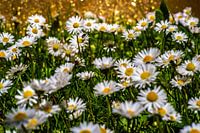 Flower meadowThomas Riess
Flower meadowThomas Riess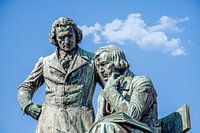 Brothers GrimmThomas Riess
Brothers GrimmThomas Riess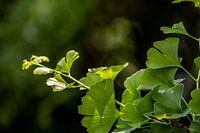 Gingko in the sunThomas Riess
Gingko in the sunThomas Riess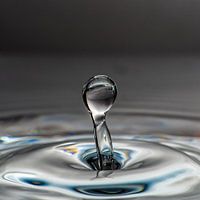 source of lifeThomas Riess
source of lifeThomas Riess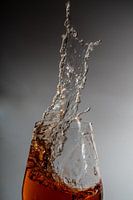 sweeping inThomas Riess
sweeping inThomas Riess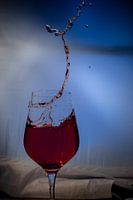 To a glass of wineThomas Riess
To a glass of wineThomas Riess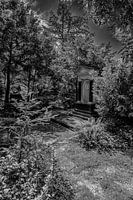 at the cemetery in FrankfurtThomas Riess
at the cemetery in FrankfurtThomas Riess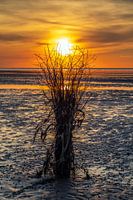 The day endsThomas Riess
The day endsThomas Riess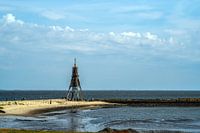 Kugelbake in CuxhavenThomas Riess
Kugelbake in CuxhavenThomas Riess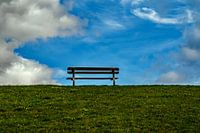 Bench on dikeThomas Riess
Bench on dikeThomas Riess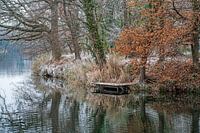 No bathing weatherThomas Riess
No bathing weatherThomas Riess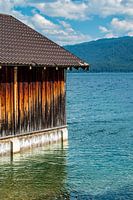 Relaxation at WalchenseeThomas Riess
Relaxation at WalchenseeThomas Riess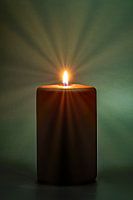 Illuminating the darknessThomas Riess
Illuminating the darknessThomas Riess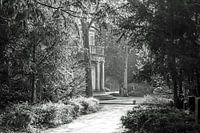 Forest walk monochromeThomas Riess
Forest walk monochromeThomas Riess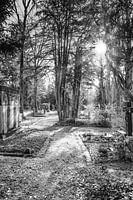 Towards the sunThomas Riess
Towards the sunThomas Riess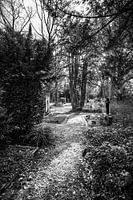 On the last roadThomas Riess
On the last roadThomas Riess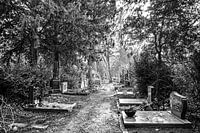 Towards the sunThomas Riess
Towards the sunThomas Riess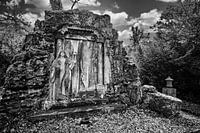 Memorial stone at Frankfurt's main cemeteryThomas Riess
Memorial stone at Frankfurt's main cemeteryThomas Riess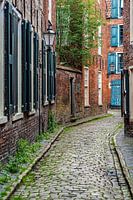 Historic old town in East FrisiaThomas Riess
Historic old town in East FrisiaThomas Riess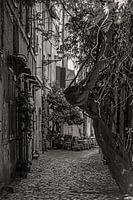 In the centre of the Trastevere districtThomas Riess
In the centre of the Trastevere districtThomas Riess













 Bavaria
Bavaria Fashion
Fashion Photo wallpaper
Photo wallpaper Photography
Photography Powerful Expression
Powerful Expression Religious architecture
Religious architecture Serene Peace
Serene Peace









